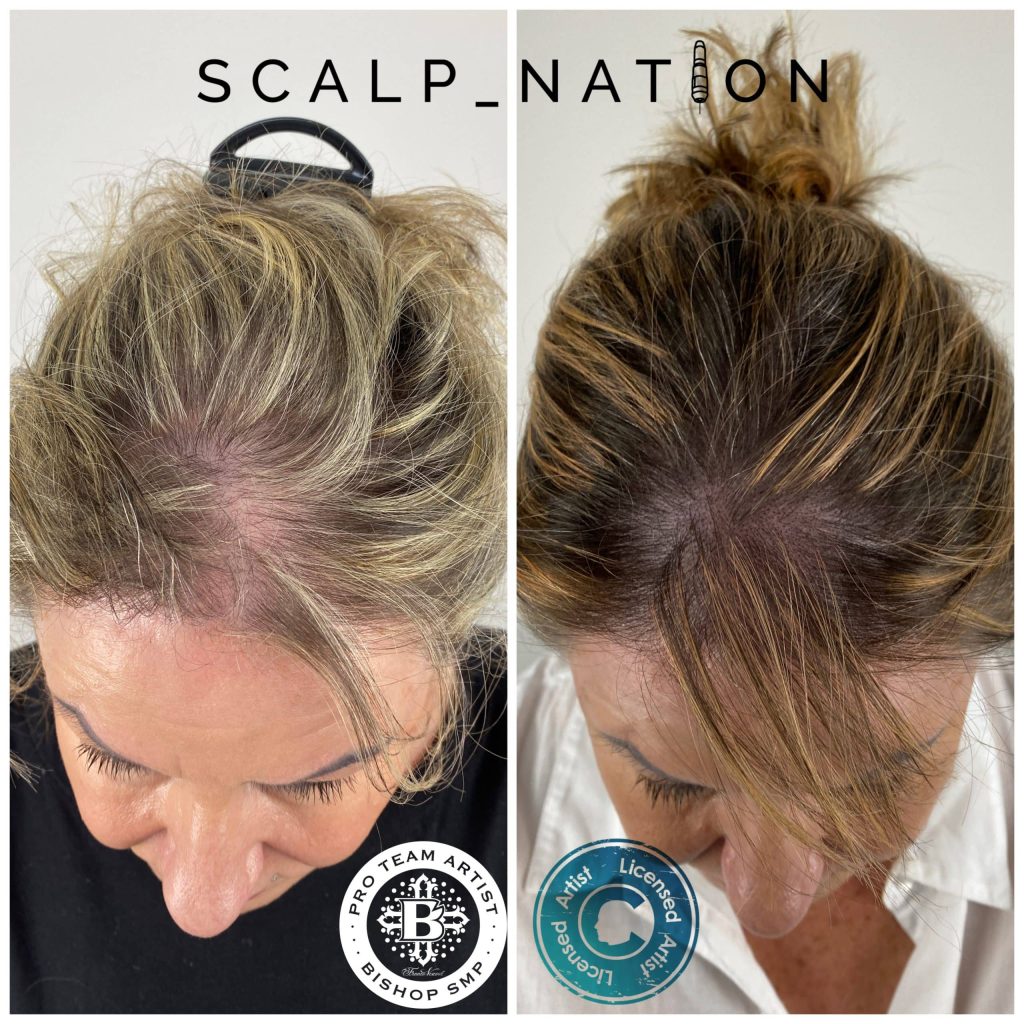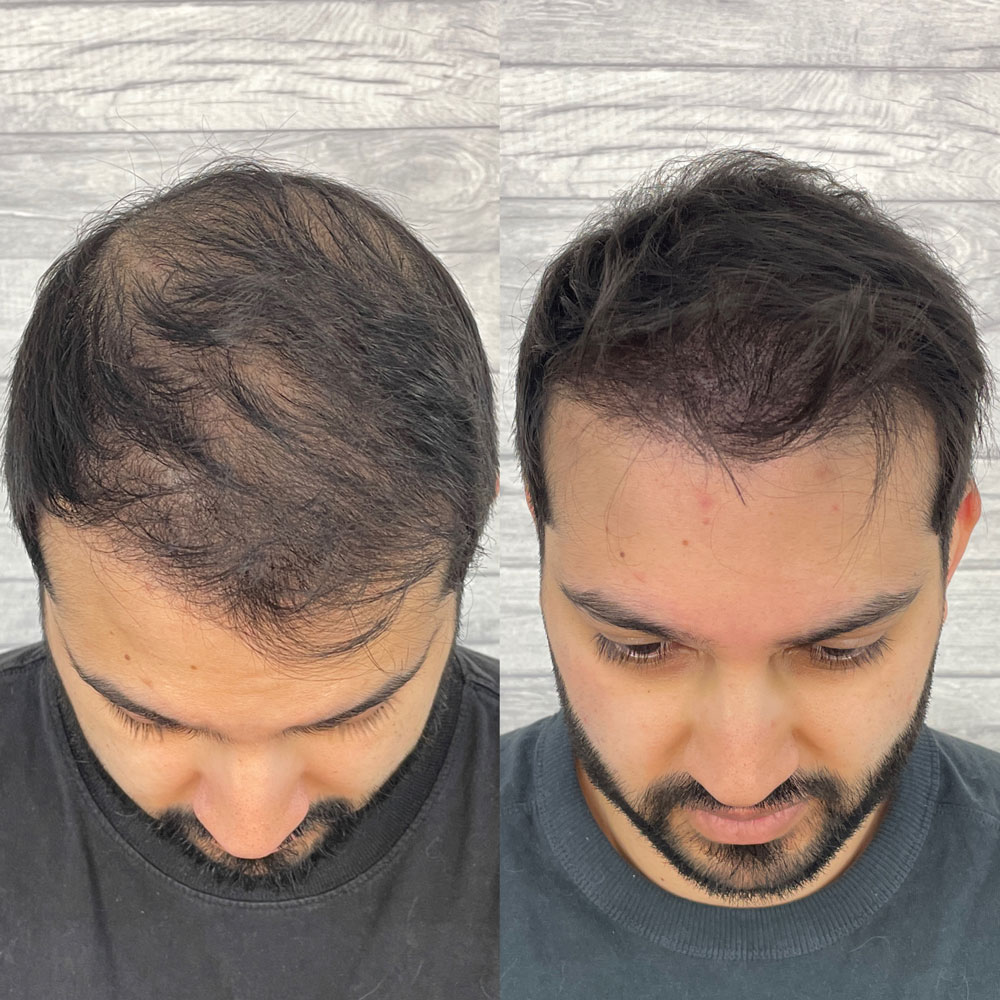Autumn brings shorter days, cooler temperatures, and something you might not expect: accelerated hair shedding. Seasonal hair loss affects millions globally, yet remains widely misunderstood. This biological phenomenon stems from your hair’s natural growth cycle responding to environmental changes throughout the year. The shedding you notice between September and November follows ancient rhythms established long before modern life existed. Recognising these patterns empowers you to minimise their impact.
Key Takeaways
- Seasonal hair loss peaks during September-November when follicles that entered the resting phase in July shed simultaneously
- The entire cycle spans 2-3 months before naturally resolving by December without treatment
- Seasonal shedding is completely reversible, with new growth visible within 3-4 months after the peak ends
- Hair grows approximately 10% faster during summer due to increased circulation and vitamin D production
- Strategic prevention starting in July—including nutrition, gentle care, and stress management—minimises excessive hair shedding during vulnerable autumn months
Why Does Seasonal Hair Loss Happen?
Your hair follows a predictable cycle tied directly to the seasons. The highest number of follicles enters the telogen (resting) phase in summer, with a peak in July. These resting hairs stay dormant for approximately 100 days before releasing. This biological delay explains why autumn, particularly September through November, brings noticeably increased shedding.
Several factors trigger this pattern:
| Contributing Factor | How It Affects Your Hair |
| Summer UV Damage | Weakens hair structure over months, making strands more prone to shedding |
| Hormonal Fluctuations | Melatonin production shifts with changing daylight hours, influencing follicle cycles |
| Temperature Changes | Blood circulation adjusts between seasons, altering nutrient delivery to the scalp |
| Environmental Stress | Accumulated exposure to heat, chlorine, and pollutants damages follicles |
Normal daily shedding ranges from 50 to 100 hairs. During seasonal peaks, some people shed double their usual amount – potentially reaching 150+ hairs daily, sometimes appearing in small clumps that feel alarming.
The evolutionary theory suggests our ancestors grew denser hair in summer for sun protection, then shed it before winter—a survival mechanism we’ve retained despite no longer needing it.
Everyone experiences this cycle differently. Some barely notice the shift, while others see dramatic increases during peak months. If you’re uncertain whether your shedding follows normal seasonal patterns or signals something else, our trusted trichologist in London can assess your individual cycle and distinguish routine changes from conditions requiring treatment.
How Long Does Seasonal Hair Loss Last?
Expect heightened shedding for 2-3 months. The cycle completes itself: increased loss peaks between September and November, then gradually subsides as winter progresses. By December, most people notice their brush collecting fewer strands daily.
This temporary phase resolves without treatment. Fresh anagen growth emerges throughout winter while shedding returns to baseline—typically 50-100 hairs daily. The entire surge, from first noticeable increase through complete normalisation, spans three to four months maximum.
Individual experiences vary considerably. Genetics determines how dramatically your follicles respond to seasonal shifts. Summer sun exposure intensity directly affects autumn severity—extensive outdoor time often produces more pronounced shedding. Previous scalp health entering the vulnerable period influences resilience against increased loss.
Spring brings a secondary, milder episode during April and May. This follows identical biological patterns but creates less noticeable effects than autumn’s pronounced peak.
Does Seasonal Hair Loss Grow Back?
Absolutely. Seasonal shedding is completely reversible because follicles remain intact throughout the process. New growth begins even while you’re still shedding—different follicles operate on different timelines within the same scalp.
Fresh hair becomes visible within 3-4 months after peak shedding ends. By late winter and early spring, most people spot new growth emerging across their scalp. This regrowth happens naturally without intervention.
Worried your shedding might signal something more serious? Here’s what differentiates seasonal changes from progressive conditions:
- Seasonal shedding affects the entire scalp uniformly and reverses itself completely
- Pattern hair loss follows specific recession patterns (temples, crown) and worsens progressively without treatment
- Alopecia areata creates distinct circular patches and involves immune system dysfunction
Seasonal shedding never causes permanent thinning or baldness. The cyclical nature means next year will likely bring similar patterns, but each episode resolves completely.
While seasonal changes affect everyone equally, men face significantly higher risks for progressive hair loss conditions. Approximately 70% of men experience pattern hair loss during their lifetime, compared to 40% of women. This means many men notice their seasonal shedding against a backdrop of gradual, permanent thinning—making autumn’s temporary increase feel more alarming than it actually is.
For men managing pattern hair loss that becomes more apparent during seasonal peaks, scalp micropigmentation for men creates permanent visual density unaffected by natural cycles. Women experiencing progressive thinning alongside seasonal changes can achieve similar results through scalp micropigmentation for women, adding natural-looking coverage regardless of fluctuations.
Does Hair Grow Faster in Summer?
Yes, by approximately 10%. Warmer temperatures improve blood flow to your scalp. Your body doesn’t prioritise keeping core organs warm during summer, allowing better nutrient delivery to peripheral areas, including hair follicles. Enhanced circulation means more oxygen and growth-supporting compounds reach the cells producing each strand.
Sunlight exposure increases vitamin D production, which directly stimulates both new and existing follicles. This vitamin plays a crucial role in initiating growth phases and maintaining healthy follicle function. Summer’s longer days also reduce melatonin levels—lower melatonin correlates with more follicles entering active growth phases simultaneously.
These factors combine to boost keratin production, the protein that forms hair’s structure. The effect remains subtle, though, adding roughly 0.5mm extra monthly. British summers might produce less dramatic results than consistently sunny climates.
Here’s the paradox explaining seasonal shedding patterns. Summer’s growth surge pushes more follicles through their cycle faster, causing increased numbers to enter the resting phase simultaneously during July. Three months later, autumn shedding arrives predictably.
How Can You Prevent Seasonal Hair Loss?

You cannot eliminate this biological cycle entirely, but strategic adjustments minimise severity and protect vulnerable strands. Begin protective measures in July, before peak shedding arrives.
Strengthen From Within
Protein forms keratin’s foundation, so prioritise lean meats, fish, eggs, and legumes daily. Iron and zinc directly support follicle function—deficiencies trigger premature shedding beyond seasonal norms. Vitamin D supplementation becomes particularly valuable during Britain’s darker months when natural sunlight diminishes. Omega-3 fatty acids reduce scalp inflammation that compounds shedding stress. Drink at least two litres of water daily to maintain strand flexibility and prevent brittleness during dry autumn weather.
Protect Your Scalp
Switch to sulfate-free shampoos that preserve the natural oils your scalp produces for protection. Apply deep conditioning treatments weekly throughout autumn and winter to combat seasonal dryness. Limit heat styling tools when strands already face environmental stress. Continue wearing sun protection through late summer—UV damage accumulates even as temperatures cool. Scalp massage three times weekly stimulates circulation, partially counteracting reduced summer activity levels.
Modify Daily Habits
Avoid tight ponytails, braids, or buns during peak shedding months. Mechanical tension on already-releasing strands accelerates loss unnecessarily. Detangle gently from ends upward using wide-tooth combs rather than brushes on wet hair. Manage stress through regular exercise, adequate sleep, and relaxation techniques—chronic stress pushes additional follicles into premature resting phases beyond seasonal patterns.
Track your personal patterns across multiple years. Some people shed heavily in September, others peak in November. Knowing your specific timeline allows earlier intervention.
Struggling to determine whether your shedding follows normal seasonal patterns or requires professional attention? Book a free consultation to receive expert assessment and personalised guidance tailored to your hair’s unique needs.
FAQ
Is it normal to lose more hair in autumn?
Completely normal. Follicles entering the resting phase during July shed approximately 100 days later, causing increased loss between September and November that can reach 150+ hairs daily.
Will my hair grow back after seasonal shedding?
Yes, seasonal shedding is temporary and fully reversible. New growth begins during the shedding phase itself, becoming visible within 3-4 months as follicles naturally restart their cycle.
Can I stop seasonal hair loss completely?
You cannot eliminate this biological cycle, but proper nutrition, gentle hair care, and starting protective measures in July significantly reduce severity during peak months.
Does seasonal hair loss affect men and women differently?
Both genders experience identical biological cycles. Women typically notice shedding more because longer hair makes shed strands more visible in brushes and drains.
Can supplements prevent seasonal hair shedding?
Supplements support overall follicle health but won't stop natural seasonal cycles. Vitamin D, iron, and zinc may reduce severity—consult a healthcare provider before starting any supplementation.
Will wearing hats or styling products worsen seasonal hair loss?
Hats themselves don't cause loss, though tight styles during shedding season increase mechanical breakage. Choose loose-fitting protective styles and gentle, sulfate-free products to minimise damage.




No comment yet, add your voice below!